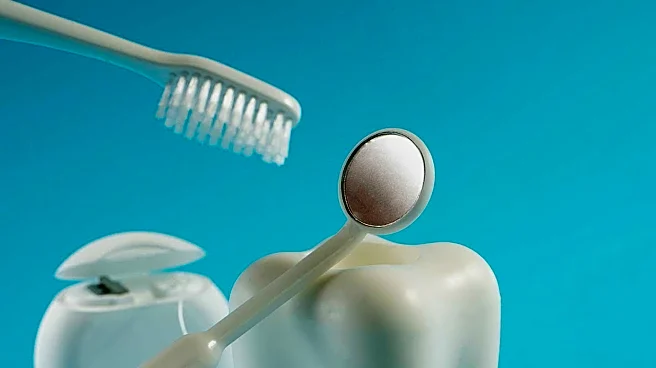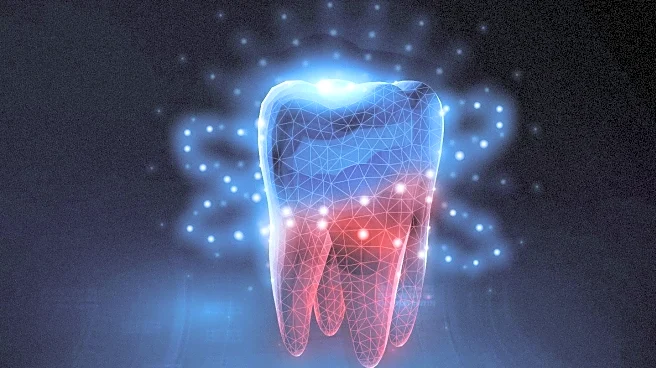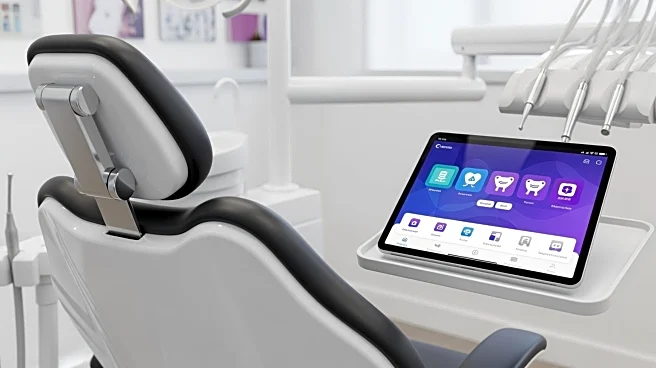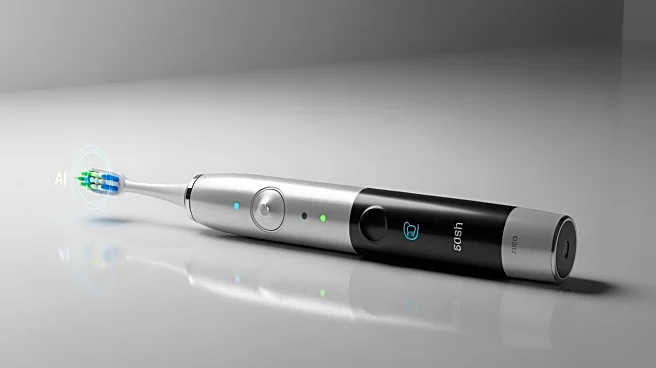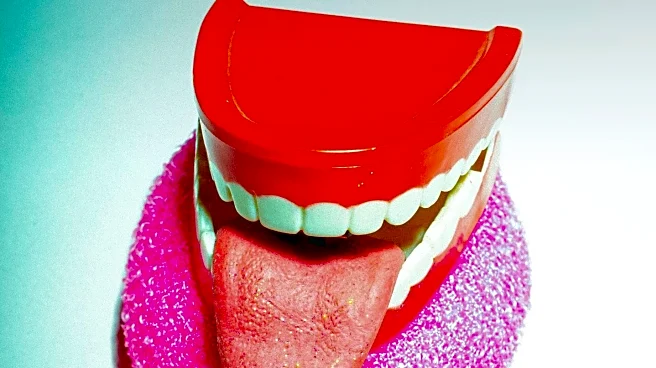What's Happening?
A retrospective cohort study has been conducted to compare orthodontic outcomes between interproximal reduction (IPR) and mandibular incisor extraction (MIE) in treating mandibular crowding. The study evaluated
post-treatment stability using the American Board of Orthodontics Objective Grading System (ABO-OGS) and assessed root resorption. The study involved 40 patients, with 20 in each treatment group. Results showed that IPR had better long-term stability and less root resorption compared to MIE, which provided superior initial alignment.
Why It's Important?
This study is important for orthodontic practice as it provides insights into the long-term effectiveness and safety of different treatment approaches for mandibular crowding. The findings suggest that while MIE may offer immediate alignment benefits, IPR could be more beneficial for maintaining stability and minimizing root damage over time. This information is crucial for orthodontists in making informed decisions about treatment plans, potentially improving patient outcomes and reducing complications associated with root resorption.
What's Next?
Orthodontists may consider these findings when planning treatments for patients with mandibular crowding, potentially favoring IPR for its long-term benefits. Further research could explore additional factors influencing treatment outcomes, such as patient-specific characteristics or alternative techniques. The study may also prompt discussions within the orthodontic community about best practices and guidelines for managing mandibular crowding.
Beyond the Headlines
The study highlights the importance of individualized treatment planning in orthodontics, considering both immediate and long-term outcomes. It also underscores the need for ongoing research to refine techniques and improve patient care. Ethical considerations in orthodontic treatment, such as balancing aesthetic goals with health outcomes, are also relevant in the context of this study.


